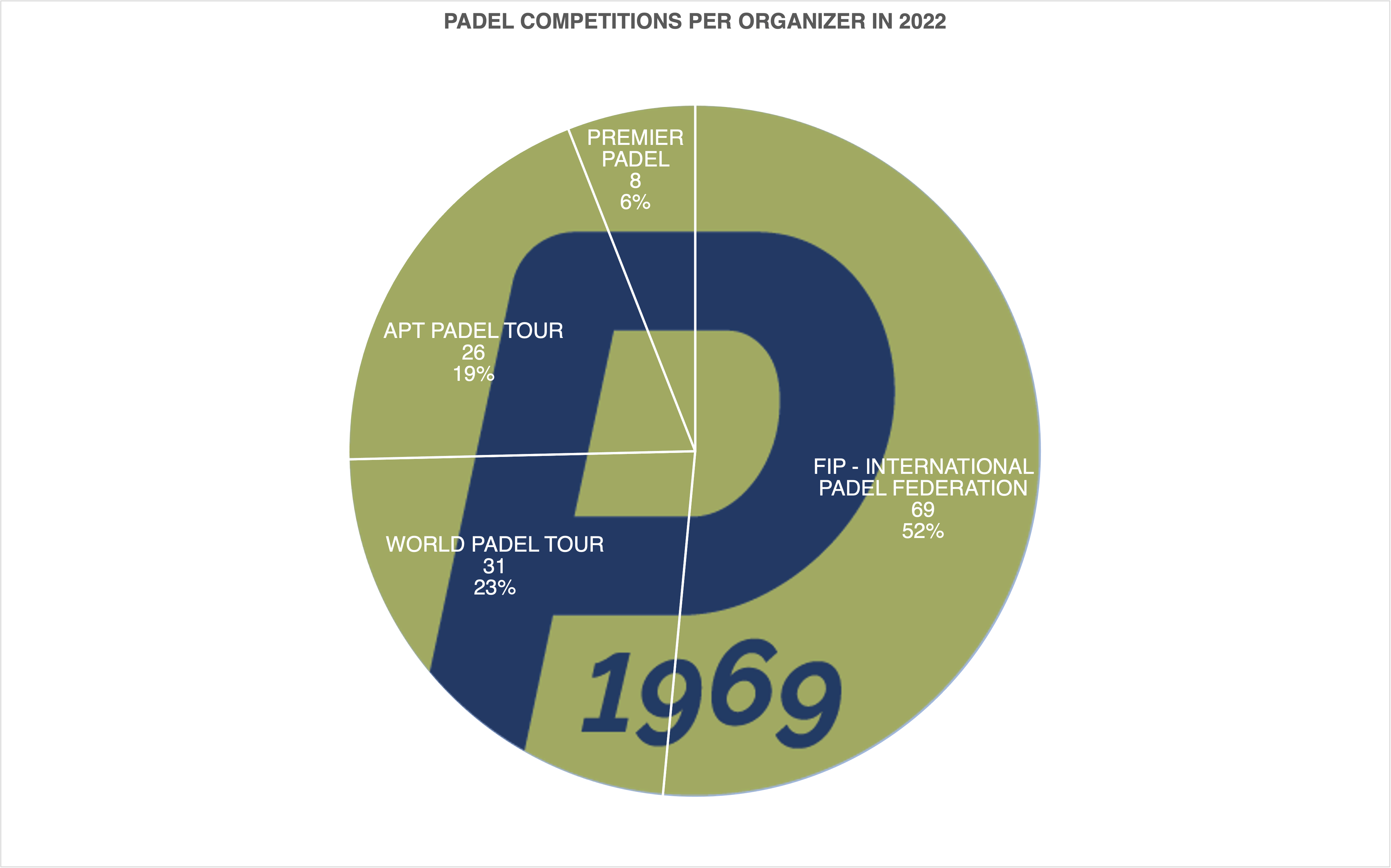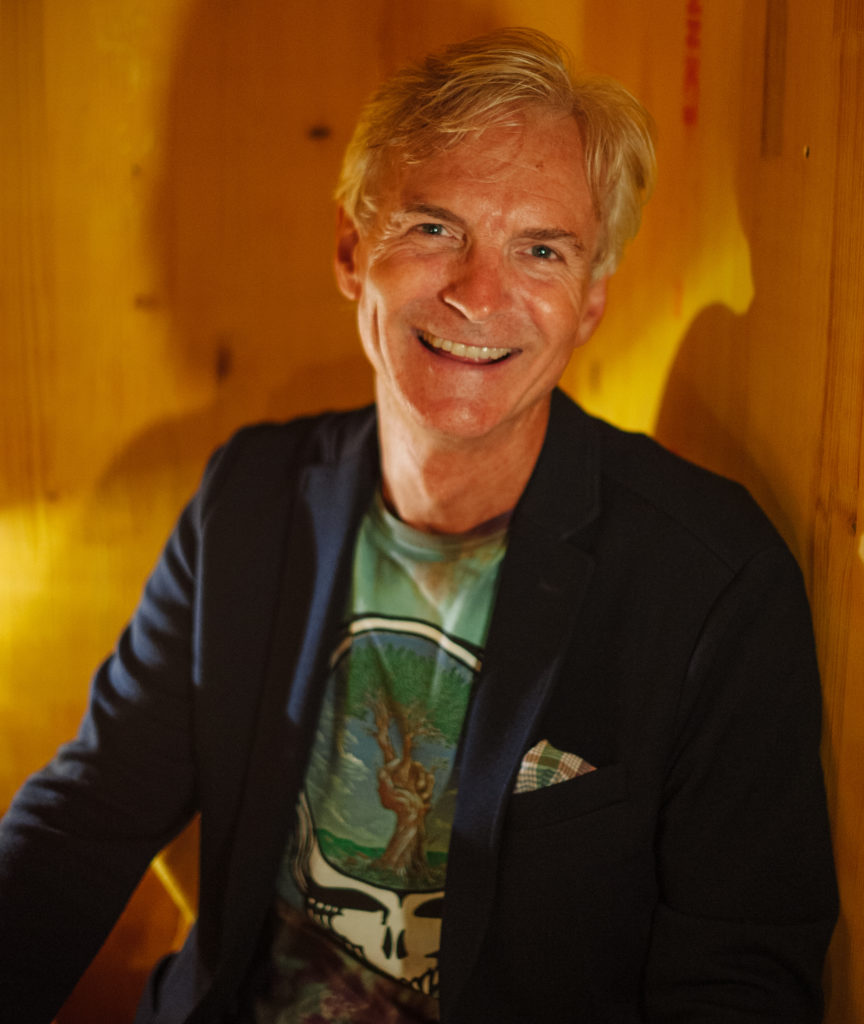With the groundswell of padel tennis as an amateur sport, it’s interesting to look at the development of the professional sport. It’s reported that there are now over 4 million loyal online viewers who tune in to watch pro padel tournaments. For example, the World Padel Tour (WPT) Cordoba 2021 event notched a total of 5.5 million views on its YouTube channel. Going forward there seem to be two major questions about the professional sport.
First, we see that Spain and Argentina have hegemony over both the women’s and men’s tours in terms of players. When will other countries rise to the top? Second, we have three competing tours that are helping to spread the game outside of the traditional countries. Pro padel tournaments are now taking place on five continents around the world, albeit nothing yet in the Far East.
Money and media coming in…
At the 2022 Padel World Championships held in Dubai, for the first time in its history, they had a prize pool of €500,000 that was equally disbursed between men and women. As a frame of reference, the very top players in the male and female tours earned annually around $150,000 each in terms of prize money, excluding sponsorships. Another promising development has been growing media and television coverage.
Recently, in the UK, we’ve seen articles in the Guardian, The Times, The Telegraph, VOGUE, and the Daily Mail. And in terms of live coverage on television, broadcast deals have been signed deals by Premier Padel with Canal+ (France), SuperSport (Africa), and beIN Sports across Europe. WPT has sold its rights around the world as well. If padel is growing leaps and bounds, however, there is very much the sticky matter of the competing pro tours.
The Competition matchup: WPT vs. Premier Padel vs. APT

While padel has aspirations of becoming an Olympic sport, the competitive landscape is far from clear. There are currently three competing professional circuits: the WPT, Premier Padel, and the American Padel Tour (APT). The latter, APT, which was created in 2020 by the Monaco-based Fabrice Pastor, was initially aimed to exploit the Americas, but now also operates in Europe with a model that works for lower-tier players. The fiercest battle, however, has been between the two more prominent tours: WPT and Premier Padel.
The WPT, which had made the pro players sign a 5-year contract of exclusivity through 2023, saw a rival tour, Premier Padel, launched this year under the aegis of the FIP and with widespread players’ support – albeit there was no agreement for Premier Padel tournaments for the women. The cast of characters in this polemic involves several official bodies who are essentially jockeying for pole position: the privately owned Estrella Damm World Padel Tour (WPT), the International Padel Federation (FIP), which oversees all the national padel federations, the Premier Padel tour that is governed by the FIP and backed by Qatar Sports Investments (QSI), and the Professional Players Association (PPA).
The WPT approach
The WPT, which is headquartered in Spain and presided over by the former pro tennis player, Alex Corretja, was started in 2013 and supplanted the existing Padel Pro Tour which had begun itself in 2005. The WPT has four levels of tournaments, ranging from the lower-tier Challenger up to the Master Final. It initially established an exclusivity for the top 20 players, along with low-ball prize money. Its contract stipulated:
“Players may play any tournament in compliance with the WPT rules except for circuits that could be direct competition, and may not participate in tournaments outside the competition the days before and after a WPT competition.”
The WPT contract also mandated that the professionals play in all its major tournaments, excepting a force majeure, and even imposed black-out dates designed to impede any other tour from surfacing. While such exclusivity may have been necessary at the start to ensure its critical mass and financial success, it felt somewhat abusive to many of the players. With only a few exceptions, the male players decided en masse to play in the Premier Padel tour. At this point, the WPT sued the players for breach of contract. So far, the courts have ruled against WPT. At least for 2023, we’ll likely have two rival tours, two different rankings, and very different locations.
How to grow Padel globally?
Clearly, the WPT’s Spanish slant and ownership initially made sense given padel’s deep popularity in Spain. When the WPT chose international venues, it only selected locations where padel had already become popular to guarantee an audience. Back in 2016, 14 of the 17 WPT major tournaments were held in Spain. By the year-end of 2022, there will have been only 7 WPT ‘Open’ tournaments in Spain to 10 elsewhere. For the more select Masters (top 8 pairs), 4 of the 5 tournaments, including the Grand Finale, are in Spain.
Importantly, all the Challenger tournaments, which allow for up-and-comers to get points and gain access to the Open tournaments, are set in Spain. While there are pre-qualifying and qualifying rounds ahead of the majors, few lower-ranking players can really afford to travel. As far as the WPT is concerned, it’s still all about coaching, training, and playing in Spain. From a media standpoint, meanwhile, WPT sold its broadcast rights globally in 2022, but only for its central court matches, so you can’t see all of the matches up until the semi-finals on TV unless you choose to go to WPT’s own site.

Premier Padel’s approach
Premier Padel’s approach is distinctly more international than WPT’s. It’s also more generous in terms of prize money, both of which hold appeal for the players and the sport as a whole. Financially, WPT prize money was much lower than what was on offer for Premier Padel. Namely, the WPT offered 17K€ for the winner of the final of Master Final whereas Premier Padel provided 47K€ for winning any major. (NB WPT has since leveled up).
Premier Padel has six different levels of pro tournaments (not including the veterans), the vast majority of which are held in countries across the world, ranging from Egypt in Africa, all over Europe, and North, Central, and South America. See the Premier Padel 2022 calendar here.
Having these different level tournaments will give greater opportunities for foreign players to develop and gain points toward the higher-grade tournaments. Controversially, Premier Padel has not, up until now, organized a women’s tour. That was because the deal offered to the women was far less than for the men. Purportedly, that is to change in 2023. But, while there was some speculation of the women possibly choosing to join the APT tour, the most likely outcome is that the women choose to stick with WPT, while the men play Premier Padel. This would be akin to the ATP and WTA tours in lawn tennis.
2023 will likely be a pivotal year
For 2023, the schedules have yet to be completely published, but we do know that for the beginning part of the year, WPT has set out a more international agenda, including a season-opening tour of South America (Argentina, Chile, and Paraguay), Belgium, Denmark, and Finland. Abu Dhabi will host the first Masters, having had the 2022 fixture postponed.
While WPT has changed its contract conditions to be more generous in 2023 in the last year of its ‘exclusivity’, the Premier Padel tour will work to consolidate its place as a strong alternative. Funded by Qatar, whose pockets are clearly deeper, the Premier Padel tour has, by various reports from players, become well appreciated. We’ll have to see how (or if) the Qatari-backed Premier Padel will manage to onboard the women.
Last of the teething pains?
For the moment, the battle rages on, though, so it’s still too early to know how the situation will play out. The legal actions and competing pro circuits reflect the teething pains of the sport. It’s a little similar to the tussle being played out in the far more mature sport of professional golf between the PGA Tour and the upstart league, LIV Golf. Hopefully, we’ll see a resolution that will allow padel to win!
Changes for the future
As a spectator, there’s little difference between the WPT and Premier Padel in the nature of the matches as the players and the courts are all essentially the same. One of the more remarkable differences is in the scoring, where Premier Padel and the FIP World Championships use a standard deuce versus golden points for WPT. For the players, anecdotally, it seems the golden point rule, on the negative side, dramatically heightens the stress, but on the positive side, it shortens the length of the games. Will the tours keep the different scoring or uniformize?
From a viewing standpoint (if you can’t find the sport on TV!), I’d recommend using WPT’s app where it shows the live stream and records basically all the games, while FIP uses Youtube. In either case, if you speak Spanish, the live commentary is generally better en español. I would welcome better-quality English-language commentators. Lastly, in the realm of pet peeves, I sincerely hope that we will find a better technology and method to deal with video reviews. To date, these are laborious, lengthy, and quite opaque.
In ANY event, let’s keep padeling. 2023 is going to be another exciting year.
For further reading:

Minter Dial, Senior Advisor at PADEL1969
Minter Dial has been playing padel since 1974. He started playing the first year there was a ‘public’ padel court at the Marbella Club. His father, Victor Dial, actually played on the original Corcuera court in Acapulco (built-in 1969), teaming up with many well-known people who loved padel, including Henry Kissinger. Having played padel in over 12 countries and currently still playing 3-4 times a week, he’s actively involved in the international padel community. His credentials in racquet sports are wider, including having been a teaching tennis pro, a member of the Yale squash team, getting a decent handicap in real tennis, and having tried his hand at 20 different racquet sports. His broader family (on the French side) has been deeply involved with padel tennis as well, including his accomplished cousin, Nallé Grinda, who was director of the Miami WPT 2022 and is still competing on the pro tour.
Minter Dial is a professional speaker, author, and elevator, specialized in leadership, branding, and transformation. An agent of change, he’s a three-time entrepreneur, who has exercised twelve different métiers and moved country fifteen times. Minter’s core career stint of 16 years was spent as a top executive at L’Oréal, a member of the worldwide Executive Committee for the Professional Products Division. Minter is one of the Senior Advisors at PADEL1969. He is passionate about the Grateful Dead, Padel Tennis, and languages.
Twitter: @mdial
Website: minterdial.com
Padel is from Acapulco since 1969. PADEL1969 is an independent research and growth company in Padel. We are the only company that is only dedicated to Padel products, and services and operates worldwide. Our products are high-quality rackets and courts. Our services are market research, advisory services, and projects of new Padel clubs to investors. Our clients can be proud of being part of the Padel community. At PADEL1969 we believe in passion, joy, and integrity. We are proud to create one of the best Padel products in the world. We respect the DNA and history of Padel – from Acapulco since 1969.



One Comment
Padel is the best game in the world!!!